Troubleshooting Your CBD Dose
A Guide to Figuring Out How to Take CBD
by Zoe Sigman
It can be really hard to figure out how to use CBD. Maybe you’ve tried CBD and it’s just not really doing it for you. Or maybe you have yet to try CBD and, with all of the options out there, you don’t even know where to start. At the end of the day, you want to know that you aren’t wasting your money on a product that doesn’t work or abandoning hope before being able to really feel the results. Here are a few tips to make sure you’re getting the most out of your CBD dose:
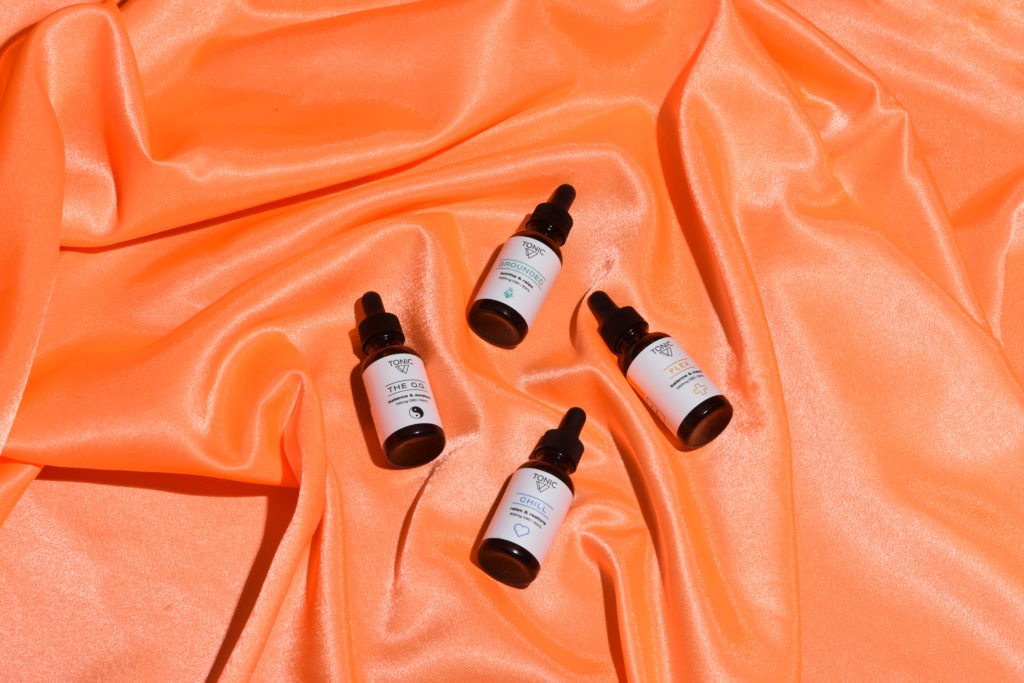
Labeling
First step: Make sure you read the label and actually know your dose! It’s super important that you keep track of how much CBD you’re taking. There’s no way to know what works without keeping track of how much you’re taking.
The best brands will make it really easy for you. They will have the total number of milligrams (mg) printed on every layer of packaging that your product has. Tinctures, for example, should have the amount of CBD listed on the box and the bottle. They should also make splitting up the product into individual doses easy. For tinctures, that means labeling the dropper with the number of milliliters (mL) at different points—so you can easily cross-check with the package to determine what you’re taking.
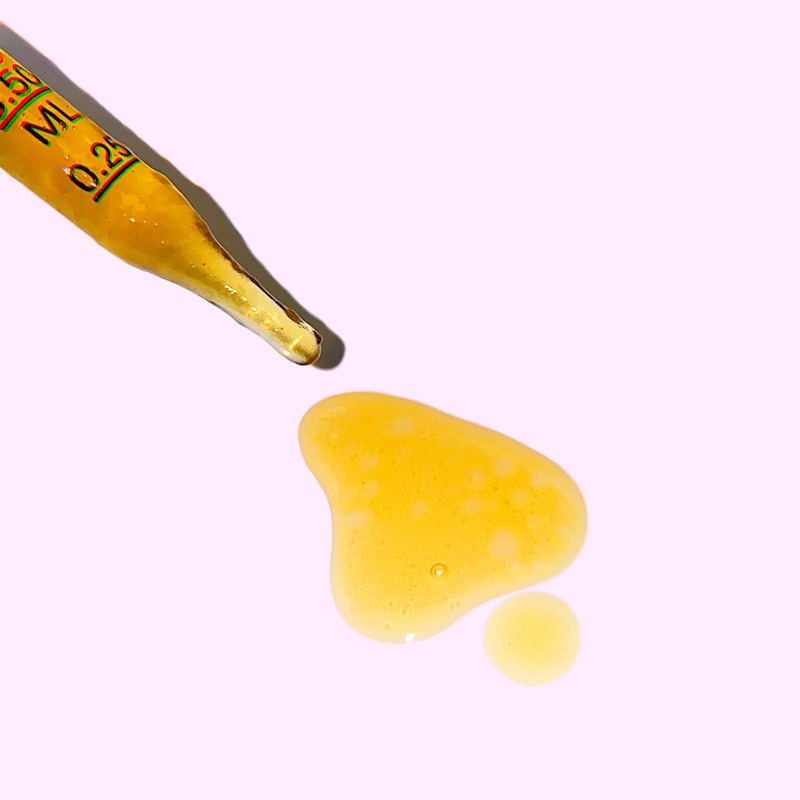
Quality
So you’ve made sure that the package and container are labeled with the CBD content. Heck yeah! But how do you make sure that the company is telling the truth? The answer comes in the form of a third-party-certified lab report known as a “certificate of analysis” of CoA. This analysis should include the amount of individual cannabinoids and the results of contaminant testing (pesticides, heavy metals, molds, and more).
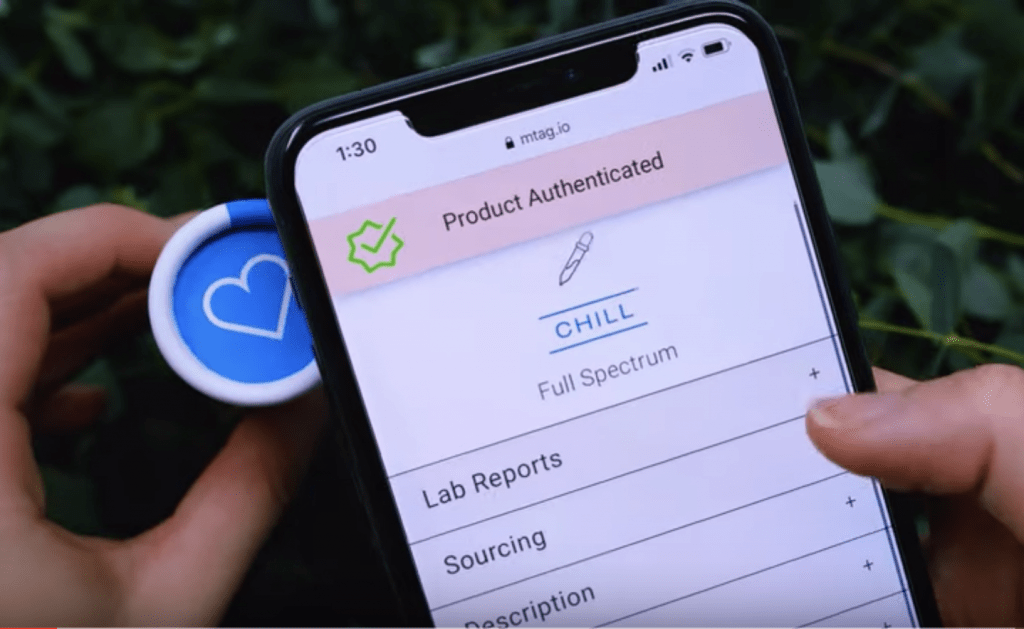
Cannabis is a bioremediator—which means it’s really good at sucking up pollutants and heavy metals from the soil it’s grown in. Any CBD company worth its salt should make sure these nasties don’t end up in your final product. And a CoA should show you just how honest they are.
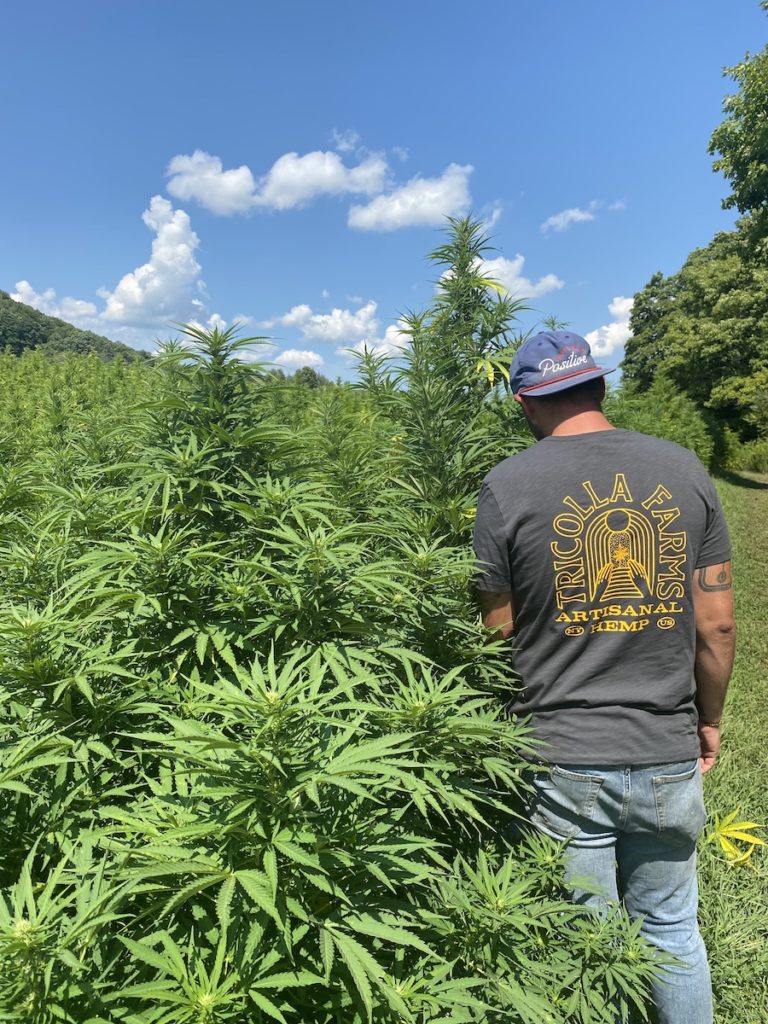
Companies will generally highlight the ethical practices they engage in. Is the cannabis they use environmentally friendly? Were laborers paid a living wage? What social justice issues are the companies supporting? If a company has good answers to these questions, they’ll shout them from the rooftops. Note the companies that are silent. Or the ones that refuse to share lab certificates with you. Avoid them.
Why are you taking CBD?
In a survey conducted on CBD users, Project CBD found that the vast majority of users found benefit from taking CBD—regardless of what they were using it for. Specifically identifying an issue you want to improve allows you to figure out whether or not CBD is working to help. And let’s be honest – the world is burning, so who doesn’t have issues?
Importantly, the only group where the majority of users didn’t find benefit in that same survey were CBD users who used primarily for “wellness.” Wellness is a poorly defined term. If you are taking CBD for wellness, break it up into categories where you can more easily determine impact: mood, memory, inflammation, whatever wellness means to you.
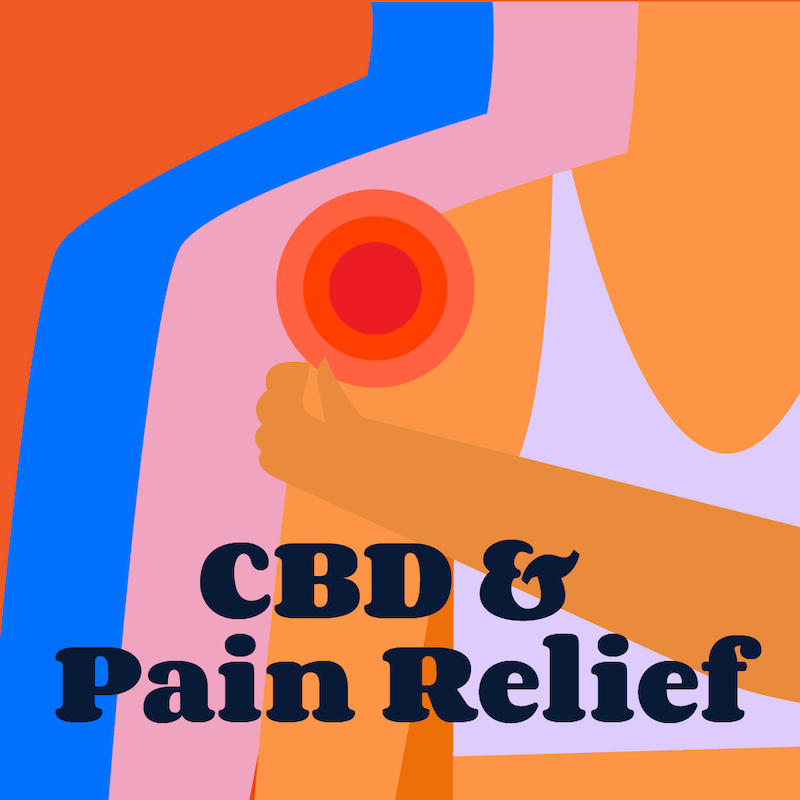
Be willing to experiment
There aren’t official guidelines for how much CBD to take for any given ailment (with the exception of two forms of pediatric epilepsy). Which means you get to experiment! People have experienced benefits from doses of CBD that range from a single milligram to thousands of milligrams. No two people are alike, even when treating the same condition. The best advice is to start with a small dose and slowly increase your dose until you feel the effects.
Most people start with a dose of around 5-30 mg. Keep a journal to track your dosage and its impacts. Write down how you felt before you took the CBD, and how you felt a couple of hours after you take it. Tracking your dosage and its effects will allow you to pinpoint exactly what dose works for you, and what it feels like when it works.
At the end of the day, CBD isn’t a miracle drug. It works really well for some people, and not well for others. If you’ve reached a point where the amount of CBD you’re taking seems unfeasible for whatever reason, stop. Try a different tactic. It’s okay if CBD doesn’t work for you.
Bust out the nut butter
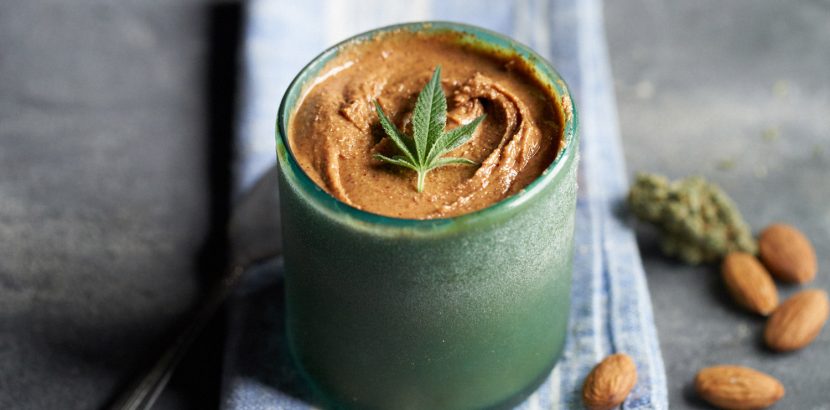
If you’re eating CBD or taking it sublingually (under your tongue), bust out your favorite fatty foods. Researchers have found that we absorb CBD up to four times as well when we eat something fatty at the same time. That can be the difference between not feeling anything and getting the relief you need.
These are just a few ideas about how to improve your experience with CBD. If you have any other questions, don’t hesitate to reach out! We want to make sure you’re getting the relief you’re looking for.
Click here to view all the products TONIC offers!


 The Steady Supply
The Steady Supply

 Personalized Vibes
Personalized Vibes
